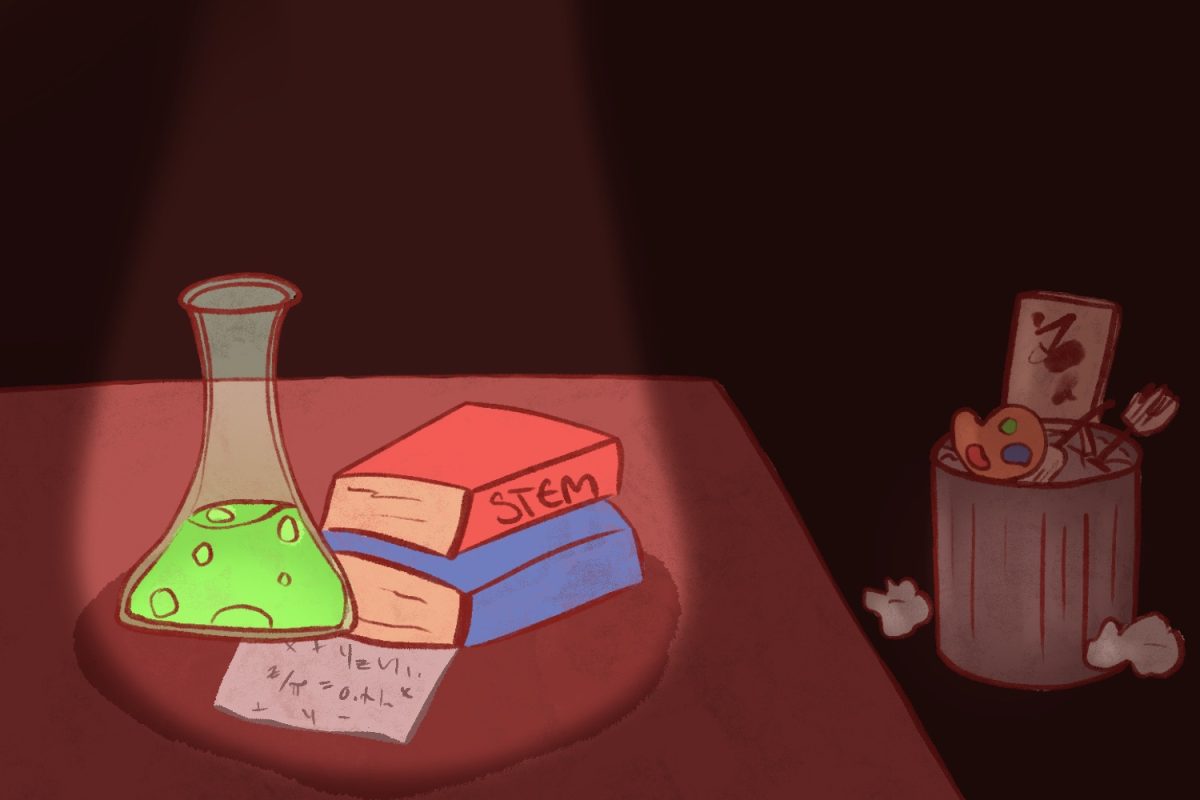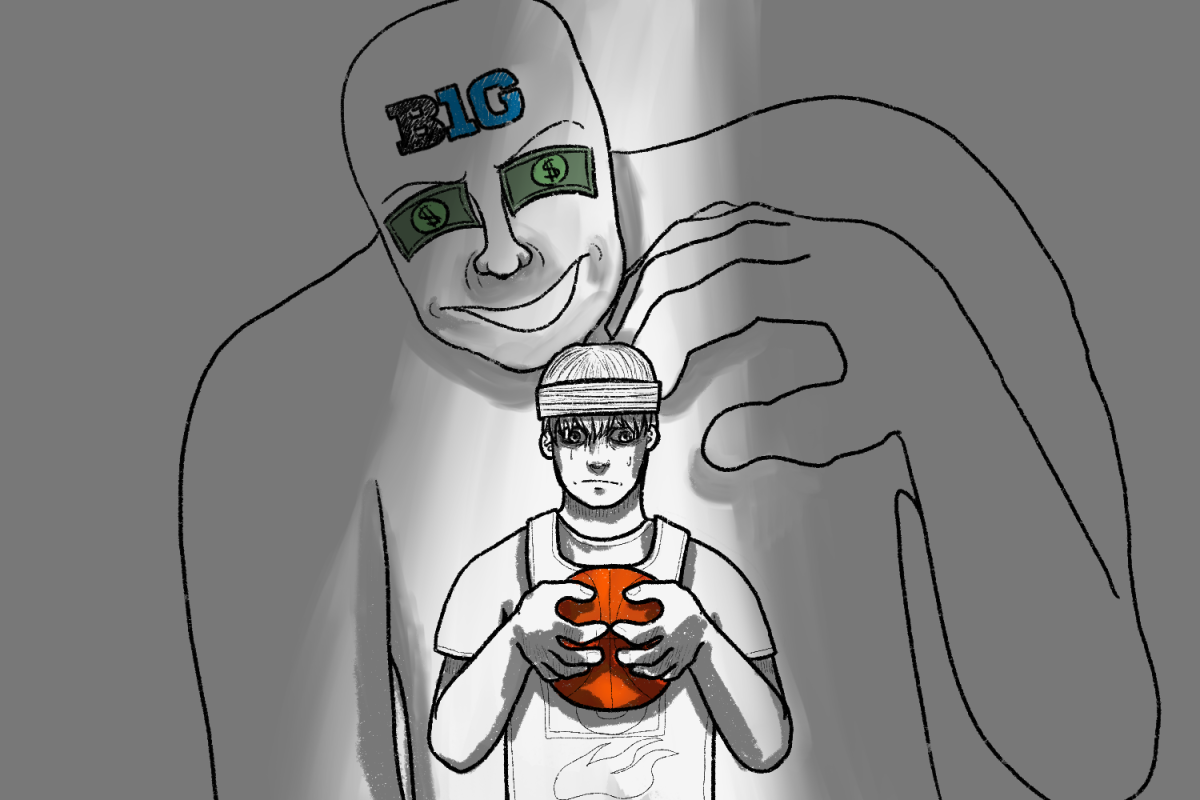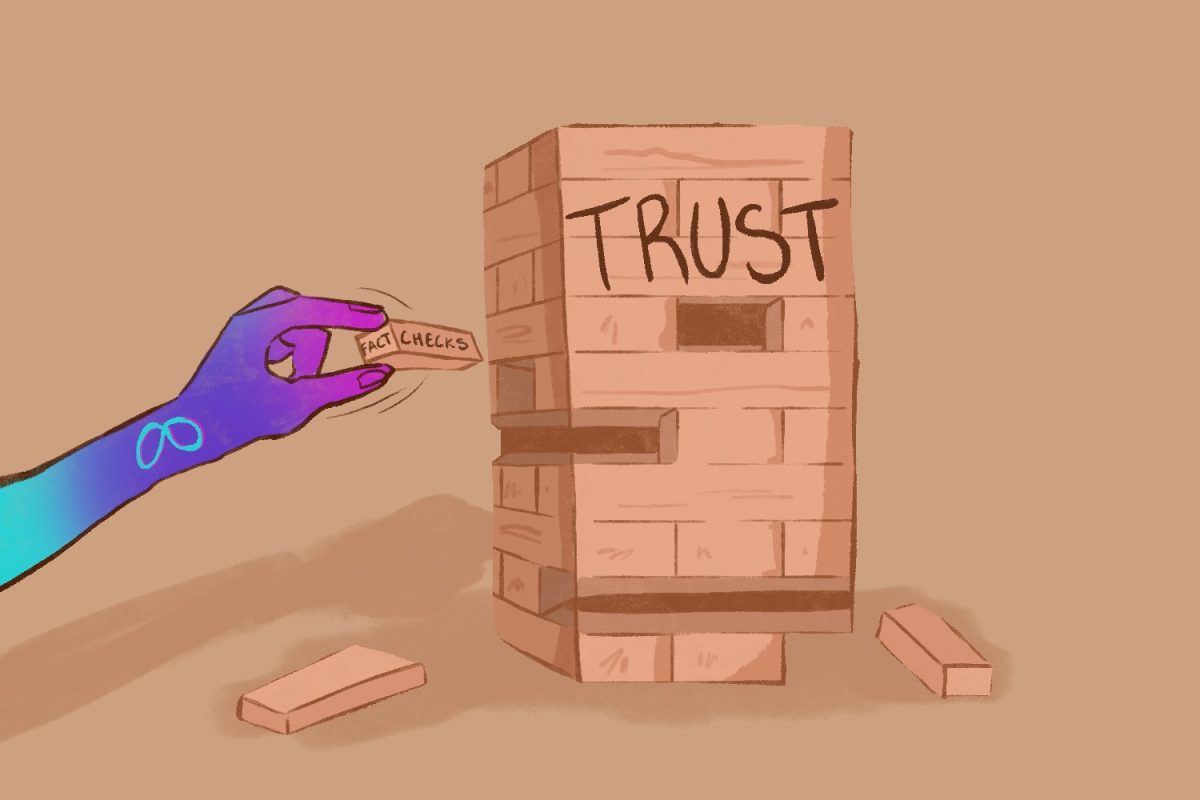When we think of Valentine’s Day, the first things that come to mind are often boxes of chocolates, roses, cards, or even heart-shaped candies. For many, Valentine’s Day is viewed as a simple Hallmark holiday, but the question is, should products be substituted for authentic connections and expressions of love?
Whether this holiday has a meaningful origin is unclear. There are many different views and opinions about where and how this holiday came to be.
According to History.com, the holiday has both Christian and Roman origins and is based on St. Valentinus, a priest who served during the third century in Rome. During wartime, Emperor Claudius believed single men made better soldiers, so he outlawed marriage. However, St. Valentinus defied Claudius and continued to perform marriages for young lovers in secret.
We are not meaning to say that the modern concept of having a day of love is something to be criticized. With the current status of the world, feelings of love should be even more celebrated and encouraged than ever. However, apart from its unclear origins, the holiday is now simply diluted with the stress and anxiety of buying the perfect gift for that loved one, with the gift exchange somewhat materializing the essence of the day.
Rather than indulging in a day of appreciation for each other, couples focus on shopping.
According to The Financial, $1.3 billion worth of gift cards are sold, jewelry companies often receive a $3.9 billion boost, clothing stores gain $2.1 billion, and flower sales increase by $1.9 billion. Such materialization of love is making a lot of money for companies but not necessarily improving interpersonal relationships.
The amount of profits various stores are gaining off of Valentine’s Day makes you stop and think about the concept of a holiday itself, as most every holiday has certain traditions that bring together family and friends.
According to Federal Holidays, holidays were designed to emphasize a particular aspect of American heritage or to celebrate an event in American history. Valentine’s Day does not seem to accentuate this objective in any way. So in void of a ritual or tradition, it has merely become a focus on material goods.
Thanksgiving involves large family get-togethers, including feasts and the occasional football game, and even Halloween involves dress-up and children running from door to door to ask for candy. But what tradition does Valentine’s Day present besides exchanging gifts and going to expensive dinners?
In addition to the effect of the holiday on businesses, the abundance of Valentine’s Day products and advertisements are a month-long reminder to single people that they are not in a relationship. According to Psychology Today, viewing commercials and seeing many others in a relationship can lead to increased loneliness and the feeling of being unlovable.
Similarly, the Associated Student Body (ASB) at Carlmont does rose sales each year, and although the implications are thoughtful, to see the people around you displaying the bouquet of roses they received from their loved ones and friends can be saddening to some. Additionally, the anxiety of who gets a rose and who doesn’t may distract from the purpose of the day.
Although we can’t be sure whether the legend of St. Valentinus started this now distorted version of the holiday, most of us can likely agree that the intention of the day is far from its original.
So next time you are rushing to the local Walmart at 10:00 p.m. the night before Valentine’s Day to fulfill the materialistic standards of the modernized holiday, stop to question who is really gaining from your love-intended purchase.
*This editorial reflects the views of the Scot Scoop editorial board and was written by Audrey Boyce.













